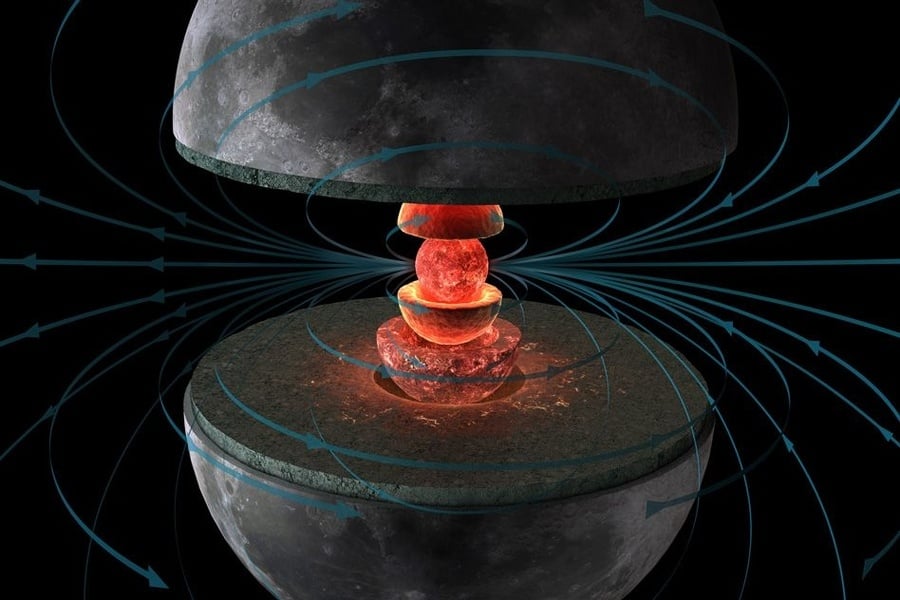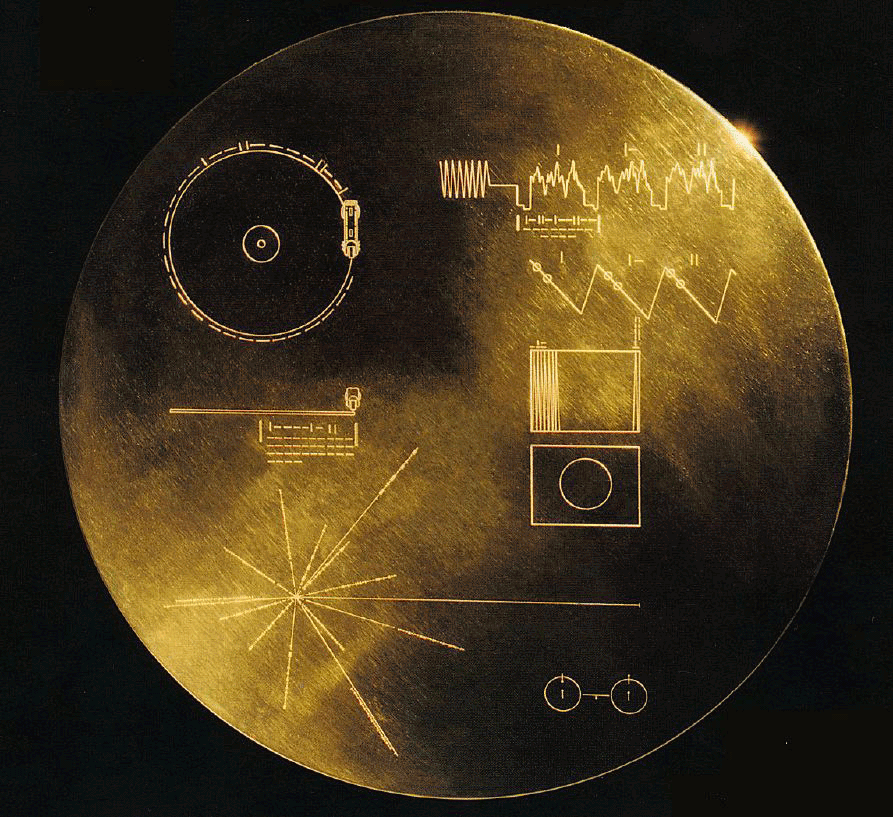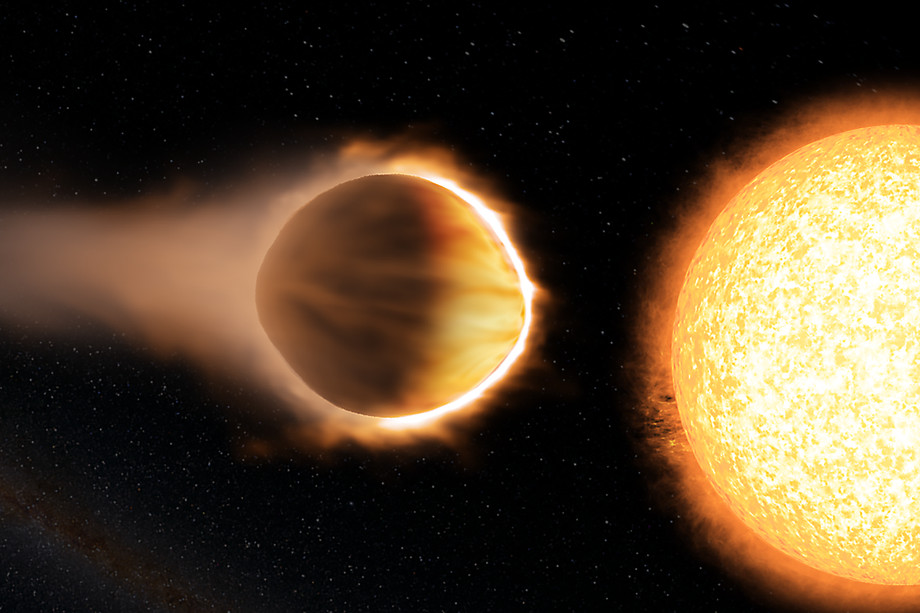
The John Hopkins University Applied Physics Lab recently submitted a proposal to NASA for a robotic mission to Titan known as Dragonfly.
Continue reading

CAPE CANAVERAL AIR FORCE STATION, FL — A gap filling space surveillance satellite that will track orbiting threats for the U.S. Air Force is set for an thrilling nighttime blastoff Friday, Aug. 25 on the maiden mission of the Minotaur IV rocket from Cape Canaveral that's powered by a retired Cold War-era ICBM missile once armed with nuclear warheads.
Continue reading

A new research study by a group of astronomers, based on observation using the VLTI, has created the most detailed map of a star other than the Sun.
Continue reading

Continue reading

SANTEE, SOUTH CAROLINA - Witnessing 'Totality' during Monday's 'Great American Solar Eclipse' was a truly mesmerizing experience far beyond anything I imagined and something I will never forget -That's a sentiment shared by millions upon millions of fellow gushing spectators.
Continue reading

A team of European scientists analyzed five years worth of Mars Express data, which revealed interesting things about how its atmosphere interacts with solar wind
Continue reading

Continue reading

A new experiment conducted by an international team of scientists has recreated the "diamond rains" thought to exist inside Uranus and Neptune
Continue reading

A new study of the "Rusty Rocks" returned by the Apollo 16 mission suggest that the Moon's interior is very dry, contrary to what recent studies have claimed
Continue reading

They came, they saw, they battled clouds, traffic and strange charger adapters in a strange land. Yesterday, millions stood in awe as the shadow of the Moon rolled over the contiguous United States for the first time in a century. If you're like us, your social media feed is now brimming with amazing images of yesterday's total solar eclipse.
Continue reading

Continue reading
NASA will be live-streaming their coverage of the 2017 Solar Eclipse today (August 21st, 2017) as it makes its way across the continental US
Continue reading

Continue reading

KENNEDY SPACE CENTER, FL – Today marked the end of an era for NASA as the last of the agency's next generation Tracking and Data Relay Satellites (TRDS) that transmit the critical science data and communications for the Hubble Space Telescope and human spaceflight missions to the International Space Station, successfully rocketed to orbit this morning, Fri. Aug 18 from the Florida Space Coast.
Continue reading

According to NASA, the large Near-Earth Asteroid known as Florence will pass harmlessly past Earth this coming September
Continue reading

A new study from the University of Texas Arlington has indicated that the Gliese 832 system (located just 16 light-years away) may have a third exoplanet
Continue reading

KENNEDY SPACE CENTER, FL - The last of NASA's next generation Tracking and Data Relay Satellites (TRDS) that looks like a giant alien fish or cocooned creature but actually plays an absolutely vital role in relaying critical science measurements, research data and tracking observations gathered by the International Space Station (ISS), Hubble and a plethora of Earth science missions is poised for blastoff Friday, Aug. 18, morning from the Florida Space Coast.
Continue reading

As part of its Planetary Science Deep Space SmallSat Studies program, NASA has selected a CubeSat mission to study Venus' atmosphere.
Continue reading

An international team of scientists relied on a new kind of gravitational lensing to conduct a detailed study of a distant supermassive black hole.
Continue reading

It's hard to believe: we're now just one short weekend away from the big ticket astronomical event for 2017, as a total solar eclipse is set to cross over the contiguous United States on Monday, August 21st.
Celestial mechanics is a sure thing in this Universe, a certainty along with death and taxes that you can bet on. There are a few key question marks come eclipse day, however, something that we can only speak with a few intelligent assumptions out 72 hours out.
Continue reading

Continue reading

KENNEDY SPACE CENTER, FL – Following a two day orbital chase and ballet of carefully choreographed thruster firings, the SpaceX Dragon cargo capsule launched at lunchtime on Monday Aug. 14 with tons of science and supplies arrived in the vicinity of the International Space Station (ISS) this morning, Wednesday, Aug 16.
Continue reading

A team of international astronomers have just observed the most distant massive galaxy to date, providing clues to galaxy formation and cosmic evolution
Continue reading

Continue reading

A new study from the University of Washington indicates that tidally-locked planets may be quite common, a finding which has implications for exoplanet habitability
Continue reading

KENNEDY SPACE CENTER, FL – Todays (Aug. 14) stunning SpaceX Space Station cargo delivery blastoff to the International Space Station (ISS) and flawless first stage landing from the Kennedy Space Center and Cape Canaveral Air Force Station in the Sunshine State kicked off a rapid fire sequence of liftoffs planned for mid August.
Continue reading

Located in the Sagittarius Dwarf Galaxy, some 87,000 light years from Earth, is the globular star cluster known as Messier 54
Continue reading

A new study by a pair of astronomers has revealed that the TRAPPIST-1 system is up to twice as old as the Solar System, which could have drastic implications for habitability.
Continue reading

KENNEDY SPACE CENTER, FL – A triad of August liftoffs from the Florida Space Coast inaugurates Monday, Aug. 14 with a science laden commercial SpaceX Dragon bound for the International Space Station (ISS) - loaded with over 3 tons of NASA science, hardware and supplies including a cosmic ray detector, medical research experiments dealing with Parkinson's disease and lung tissue, vegetable seeds, mice and much more, following a successful engine test firing of the Falcon 9 booster on Thursday.
Continue reading

NASA recently announced a three-year partnership with BWXT to develop nuclear thermal rockets for future mission to Mars and beyond!
Continue reading

A new study by a team from UCI indicates that black hole mergers could be very common, which has implications for the study of black holes and gravitational waves
Continue reading

A team of European astronomers accurately measured the orbit of a star around the supermassive black hole at the center of our Milky way, thus confirming predictions made by Einstein's theory of General Relativity.
Continue reading

Continue reading

Continue reading

A new study by researchers from MIT has cast doubt on when the Moon lost its magnetic field, indicating that it lasted for another 1 billion years
Continue reading

Brian Koberlein reports on his new Kickstarter to develop a TV show called Big Science
Continue reading

The complex multilayered sunshield that will protect the delicate optics and state of the art infrared science instruments of NASA's James Webb Space Telescope (JWST) is now fully installed on the spacecraft bus in California, completing another major milestone on the path to launch, NASA announced.
Continue reading

A recent study by an international team of scientists has revealed four Earth-like planets around tau Ceti, a Sun-like star just that is 12 light years away!
Continue reading

The outer planets of the Solar System - Jupiter, Saturn, Uranus and Neptune - are gas giants, a designation which applies to planets that are primary composed of hydrogen and helium.
Continue reading

In preparation for their historic flyby with a KBO, the New Horizons team conducted observations that indicated that the target may be different than previously thought
Continue reading

A team from Standford University's Space Rendezvous Laboratory have created a small-scale demonstrator of Starshade technology to help in the hunt for exoplanets.
Continue reading

Continue reading

The COHERENT experiment, an international collaboration, made the first-ever detection of neutrinos bumping into the nucleus of other atoms
Continue reading

Located 58,000 light from years, in the northern constellation Coma Berenices, is the globular cluster known as Messier 53.
Continue reading

Continue reading

Before the year is out, the long awaited debut launch of the triple barreled Falcon Heavy rocket may at last be in sight says SpaceX CEO and founder Elon Musk, as he forthrightly acknowledges it comes with high risk and released a stunning launch and landing animation (see below) earlier today, Aug. 4.
Continue reading

The Voyager probes, humanity's longest-running and farthest-reaching missions, are celebrating their 40th anniversaries this summer!
Continue reading

A new study led by researchers from NASA's Goddard Space Flight Center indicates that Proxima b would be likely to retain an Earth-like atmosphere.
Continue reading

A recent study by a team of astronomers, using data provided by Hubble, has provided the best evidence to date of a stratosphere around an exoplanet.
Continue reading

NASA recently announced that it is looking for a new Planetary Protection Officer, a position which is growing in importance, and pays well!
Continue reading

 Universe Today
Universe Today













































